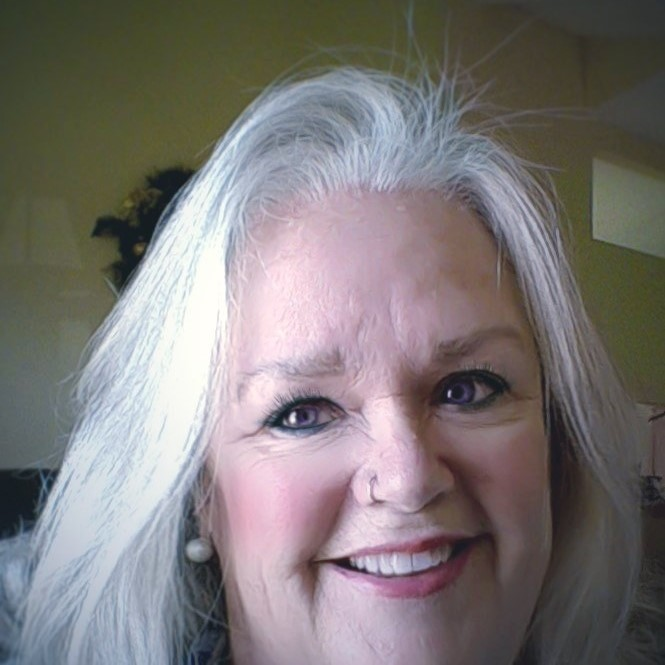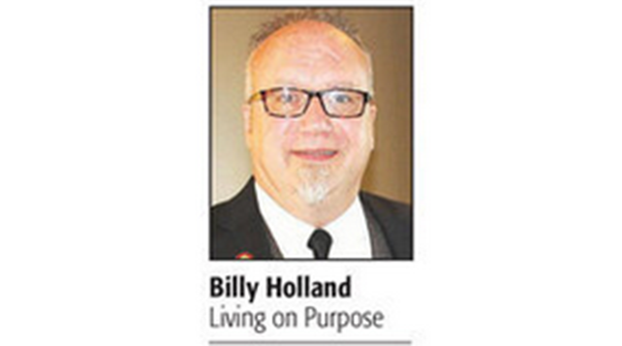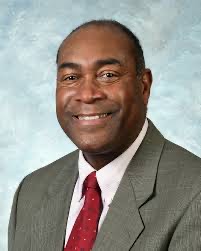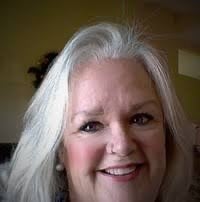CARMICHAEL: More than 50 years later, what can we learn from Woodstock?
Published 11:57 am Wednesday, August 19, 2020
|
Getting your Trinity Audio player ready...
|
Fifty years ago, the “Geri-Antics” generation, of which I am a reluctant albeit certifiable member, were just beginning our adult lives.
We were exploring our independence and vocalizing the freedom of thought that would distinguish us from our parents’ generation.
This assertion of independence has been a right of passage for teens and young adults since the beginning of time.
In 1969, our generation touted peace, love and equality.
We spoke out for the causes of equality of race, gender and religious beliefs, even when such abstract mindsets railed against the norm. These were the flagship of our generation.
Some of our generation protested against the Vietnam War by burning draft cards and marching on Washington D.C.
Many joined Martin Luther King and his followers in attempts at peaceful protests on behalf of their black brethren.
1969 was an enigma.
While violence ravaged the streets and campuses of America, a movement of people, who became known as “hippies” extolled peace and the virtues of nature.
They built communes in rural areas where they lived off the land, explored mind-expanding psychedelic drugs and tested the boundaries of morality.
But even as these polar opposite lifestyles and mindsets vied for acceptance, 400,000 people from every corner of the country and every walk of life came together for three days in August to share one common interest — the love of music.
The Woodstock Music Festival was originally organized by music producers to host a maximum of 50,000 concert-goers in Wallkill, New York, but townspeople at the closest village to that venue voted to refuse access to their community.
Max Yasgur in nearby Bethel (approximately 50 miles from
Woodstock) offered his 600-acre farm as the site for the event for the sum of $75,000.
More than 150,000 tickets were sold the first day they were available.
The organizers quickly realized that they were woefully understaffed to take tickets and process the influx of the crowd, so the floodgates were opened.
When word spread like the proverbial wildfire that there were no fences or entrance gate and there was no one to take or sell tickets, the price of admission became free.
Cars lined up for miles.
More than 400,000 concert-goers descended on the farm.
The nearby hippie commune, Hog Farm, had been contracted to supply food for the event. However, their supply was depleted almost immediately.
Volunteers arrived with free food and distributed it to anyone in need throughout the event.
Those who brought temporary shelter in the form of tents and sleeping bags shared with those who had none.
A camaraderie was prevalent throughout the audience.
Sanitation was sorely lacking in the form of portable toilets, and the necessary crews to clean and empty them became non-existent.
Showers were provided only by the torrential rains that lasted throughout all three days.
Imagining the circumstances and witnessing photographic documentation of the conditions in which these 400,000 fans were subjected, one would likely deem them intolerable.
Today, one would expect such lack of adequate planning and control to provoke protests and outrage. Yet, there was not one, single report of violence and less than three arrests (involving drug usage) for the duration of the event.
Security for Woodstock was provided by a group called The Please Force (from Hog Farm). Please Force was a reference to their non-intrusive tactics at keeping order: “Please don’t do that. Please do this instead.”
Alternatively, New York Gov. Nelson Rockefeller’s first instinct was to send the military in for crowd control, but he changed his mind.
As I did a bit of research when writing this piece, there was one
startling fact that had somehow escaped my notice for all the years that I have idealized the peaceful co-existence of attendees at Woodstock.
When I scrolled through photos of the event, all the faces in the crowd appeared to be white.
How was that possible when Jimi Hendrix, Prince, Sly and the Family Stone and Santana were among the noted performers?
I discovered that, while the Woodstock Festival promoters and organizer’s intention was to provide an atmosphere that welcomed diversity, most African-American and other ethnicities were simply not yet “feeling the love” and acceptance, so they stayed away in droves.
In fact, another event was held in Harlem that same weekend and attended by 300,000 fans with performers such as Stevie Wonder, BB King, Gladys Knight and others.
Fast forward to 2020, 51 years after Woodstock and we still can’t seem to get it right.
While the Woodstock Music Festival continues to be looked upon as the pinnacle of talent, good music and peaceful co existence among a massive crowd during unimaginable conditions, no repeated attempts to re-create such an event since that weekend have been successful.
Even before the arrival of the current pandemic, constant bickering over contractual agreements prevented the organization of a 50-year anniversary event in 2019.
Our country is once again besieged by racial unrest, civil protests and dissension between political parties and governmental policies on local, state and federal levels.
The battles continue — race against race, gender against gender, religion against religion.
We’re even allowing our differences to tear apart friendships and families.
The clock is ticking and, as they say, the sands are quickly running through the hourglass for the Boomers (or Geri-Antic generation).
I fear our time to turn the tides has passed; but we still have an opportunity to influence future generations of our children and
grandchildren and leave the world (and particularly our little corner of it here in Jessamine County) a bit better equipped to write the story of their future and that of our country.
I urge you to examine the world around you. Look at both the good that we have accomplished in our time on the planet as well as the bad.
Decide how you can best effect change and take action.
Do it for the future of your loved ones.
Do it for your country.





